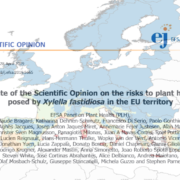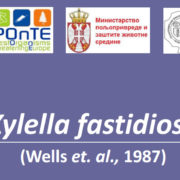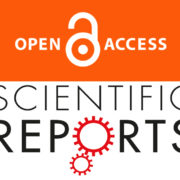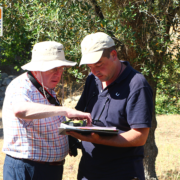EFSA updates the pest risk assessment on Xylella fastidiosa in the European Union
EFSA’s Plant Health Panel (PLH) has released an update of the Scientific Opinion on the risks to plant health posed by Xylella fastidiosa in the EU territory. This assessment provides new insights on controlling the threat in existing outbreaks and preventing further spread of the pathogen in the EU.
EFSA used computer modelling to simulate how X. fastidiosa spreads under different conditions. The simulation showed the importance of implementing the measures specified by the European Commission, to prevent further spread and even eradicate outbreaks. The use of different-sized buffer zones to control an infected area was found to be effective.
Modellers demonstrated the importance of controlling the insect vectors and reducing the time intervals between the detection and removal of infected plants or the establishment of demarcated areas.
The analyses have confirmed that there is still no known way of eliminating the bacterium from a diseased plant in field conditions. Once evaluated the effectiveness of chemical and biological control measures reported in recent studies, EFSA experts have concluded that there is no evidence that these methods could eliminate X. fastidiosa in field conditions with long-term effects.
An in-depth literature review and data mining have revealed that significant differences exist in the latency period for different combinations of hosts and subspecies. This information will help risk managers to design tailored surveillance programmes and set demarcation of different outbreak areas.
Once completed the work, Stephen Parnell, Chair of the PLH Panel’s X. fastidiosa working group, remarked with satisfaction that current understanding of Xylella fastidiosa had quickly advanced since the previous pest risk assessment was released in 2015, and much of the new information was generated by EU-funded projects POnTE and XF-ACTORS.









